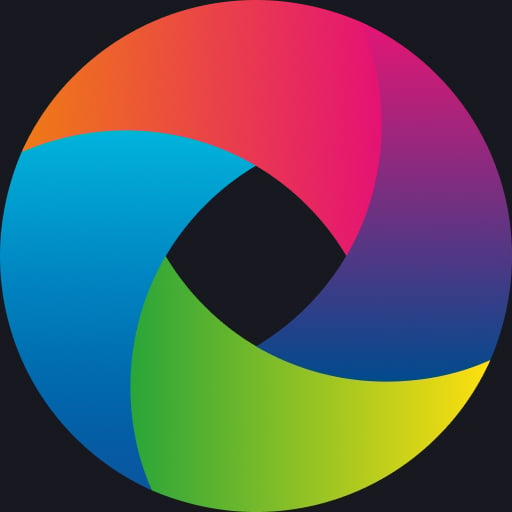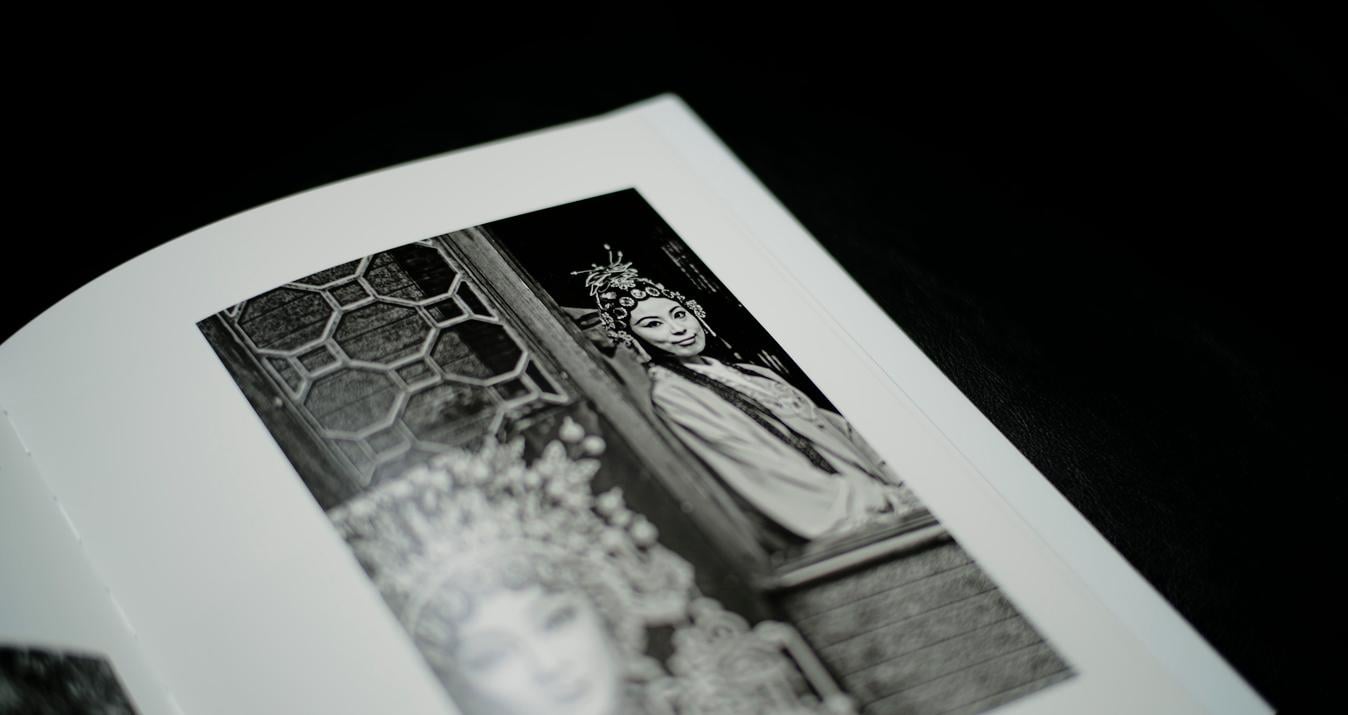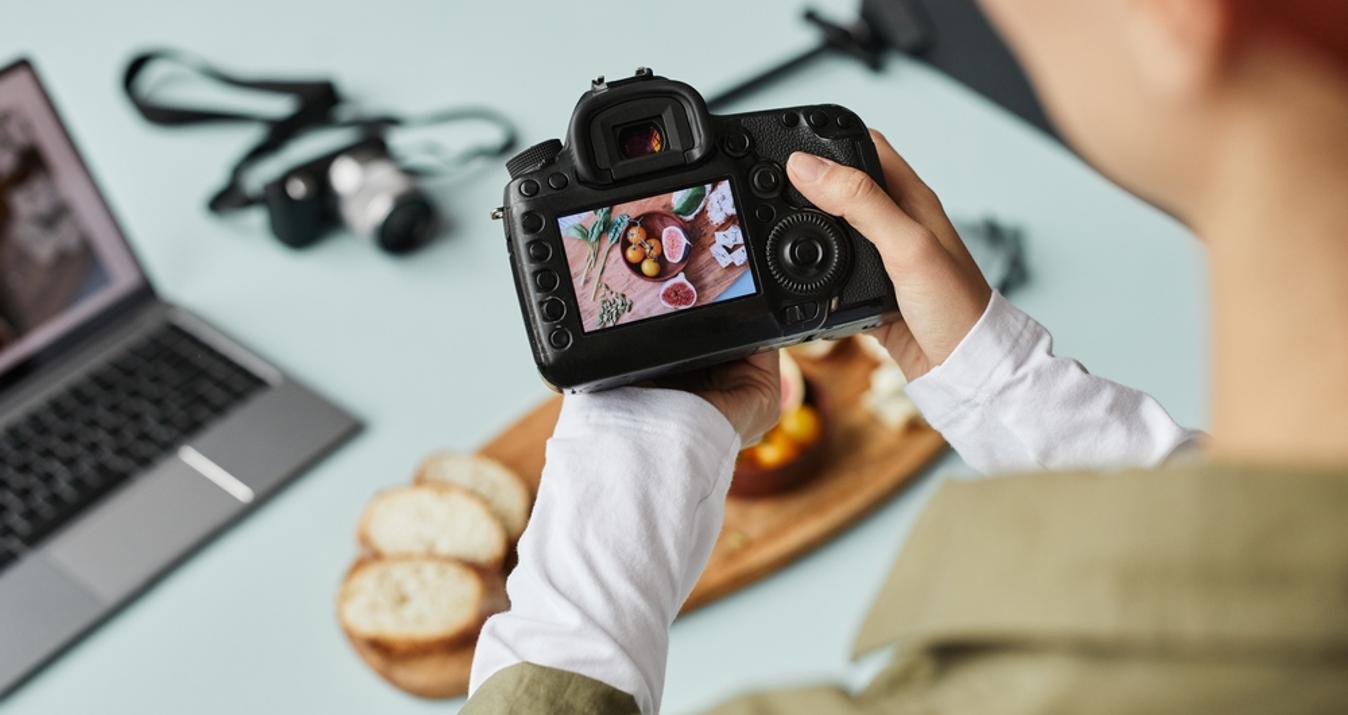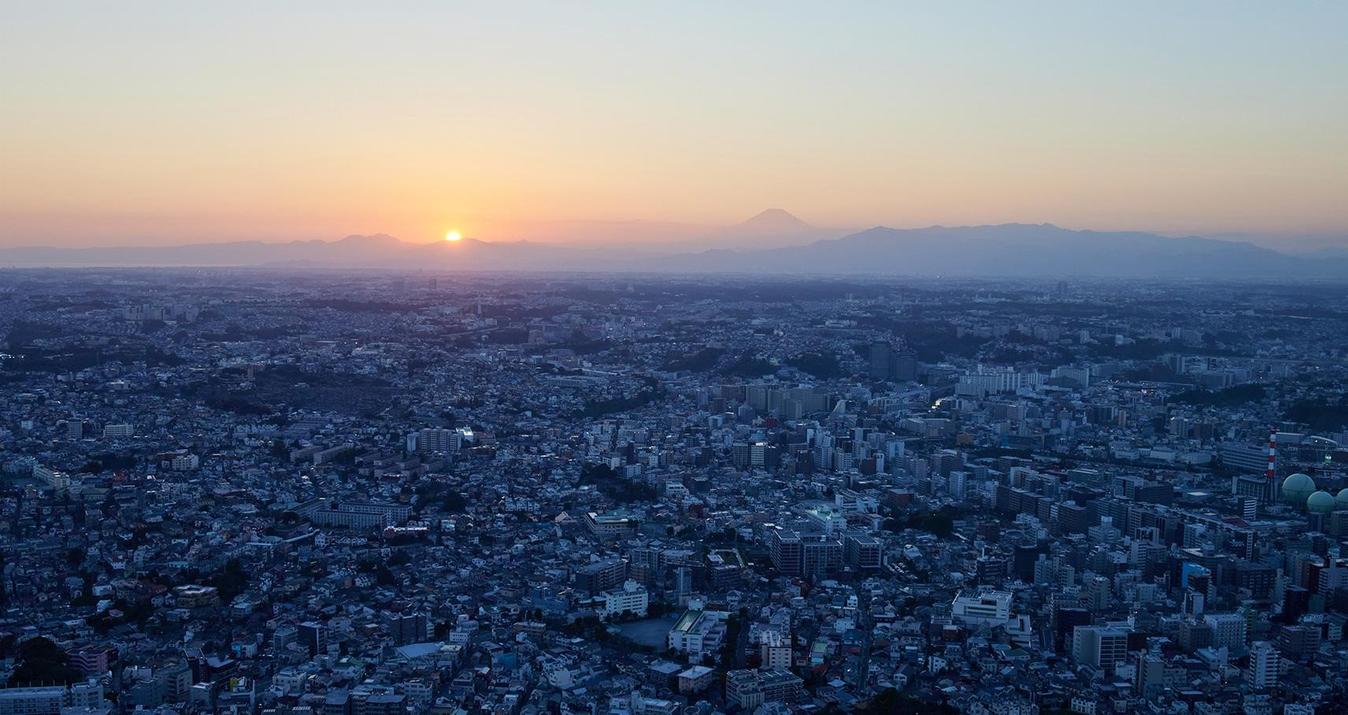Mathew Browne is a photographer from South Wales specializing in all aspects of travel photography but especially cityscapes, landscapes, and night photography.
His work has been featured online and in print by numerous media outlets, newspapers, and magazines. We’re happy to welcome Mathew to the Skylum Ambassador team and have him tell you his story. Mathew Browne on social media: Instagram, Facebook, 500px, Flickr, Twitter.
You started practicing photography in 2010. How did that happen?
I have always had a love of travel, and documenting my travels started to become more important to me. On a trip to Iceland to see the northern lights, I was equipped only with a point-and-shoot camera and a flimsy tripod. I had this incredible spectacle of the natural world in front of me and no way to capture it. I vowed to get a real camera, learn how to use it, and start shooting my trips properly.
How did you start learning? How long did it take to realize you’re good at photography?
I’m mainly self-taught – I bought my first DSLR and had lots of fun learning by trial and error. I shot purely for my own enjoyment, and I think that’s hugely important. Eventually, though, I became frustrated at not being able to fully realise my creative visions, and this was when I looked for tuition and mentorship in my work, not just on location but in post-processing as well. I devoured every tutorial on the market and challenged myself to incrementally improve the quality of my work. Elia Locardi, Serge Ramelli and Trey Ratcliff were particularly helpful in these formative years.
I entered some competitions, achieved some success and launched social media channels to showcase my work. That led to magazine and commercial work. Then a publisher commissioned a whole book of my images. Step by step, my passion for photography has taken over my life and turned into a career. I’m happy with my progress, but I don’t like to rest on my laurels. You should never stop learning.
Which photographers influenced you, and how did they influence your thinking, photographing, and career path?
I’ve learned an enormous amount from my colleague Luka Esenko, who runs photo tours all over Europe. You can learn so much about the creative side from YouTube or from premium tutors such as Elia Locardi, but Luka has taught me about the practical and business side of photography.
I’m hesitant to name more photographers because invariably I’ll forget to list some important names, and the list will be so long! I constantly draw inspiration from so many photographers, not just in the styles that I shoot myself. It’s a tremendous privilege to become a Skylum Ambassador alongside photographers I’ve admired for years.
Some of the best photographers in the world right now are people who aren’t motivated by fame or money or “likes,” instead photographing for the love of it, and it’s always a treat to unearth such a gem on photo sharing websites or social media. On my Instagram account, I run an Instagram Story each week where I feature a different photographer of the week. I often feature “under the radar” photographers in the hope of shining a light on some of these talents.
You went pro in 2017 and published a book. How did that happen?
I worked at a senior level at a FinTech startup for nearly five years. My contract came to an end and within one week of this, a publisher called. They were looking for a photographer in Wales to create a book of landscape images for them. Their timing couldn’t have been better! I was totally burned out and ready to completely change my career path. Making the jump to pro is a big one and a bit scary, but I figured I’d never had a golden opportunity like this fall into my lap again. So I jumped! “Wales In Photographs” was published in 2018, and I’m now working on a second book. “London: A Modern City in Photographs” should be released in 2020.
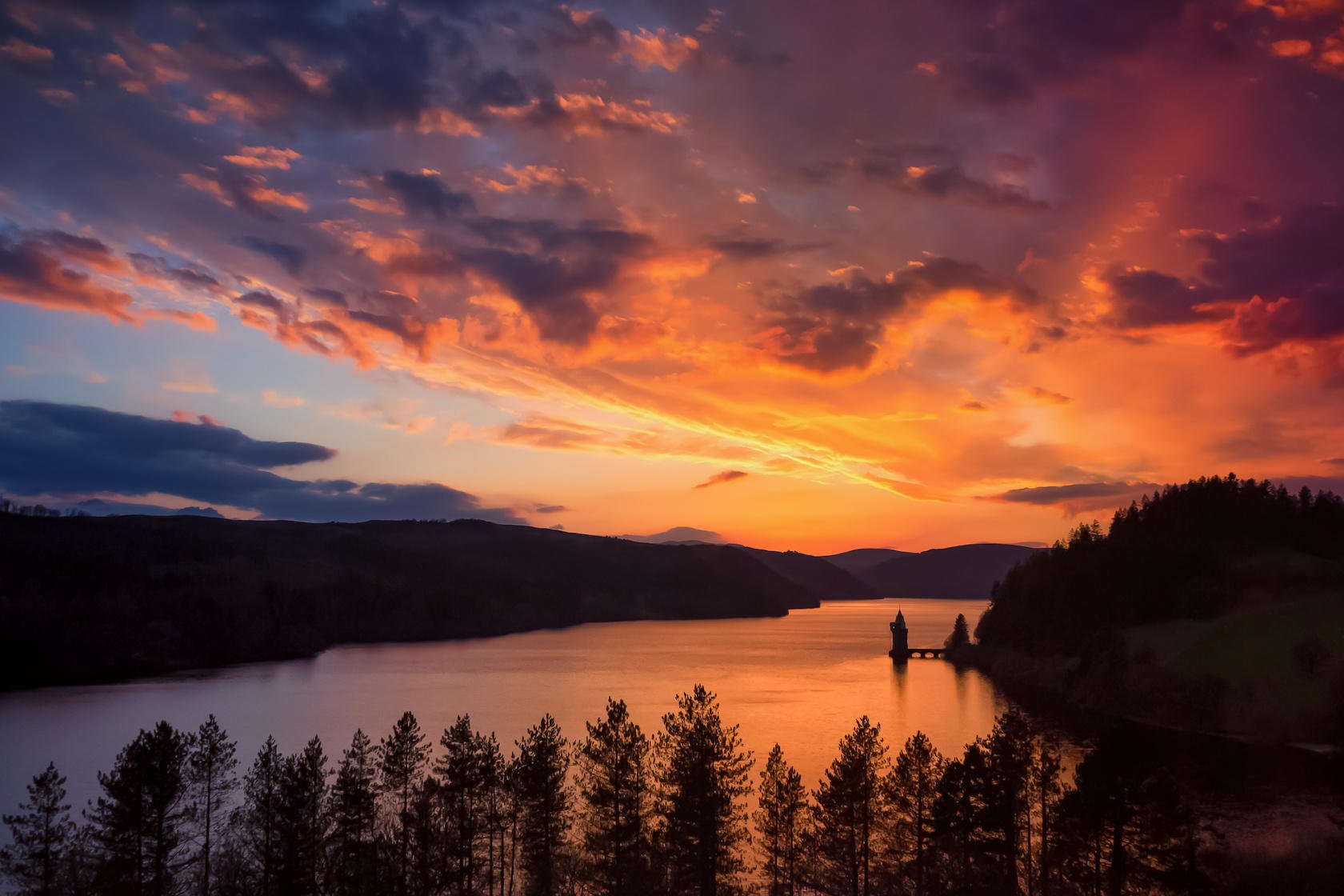 Lake Vyrnwy, Wales – the cover image for “Wales In Photographs”
Lake Vyrnwy, Wales – the cover image for “Wales In Photographs”What are the challenges involved in publishing a book?
The deadline! When you shoot for your own enjoyment, there’s no pressure on you. If you don’t come away from a shoot with an image you really like, it’s disappointing, but you can try again. When you’re shooting to a deadline, if the shot doesn’t happen, you’ve wasted your time and money. It’s a business now, and you’ve got to treat each shoot as such. I meticulously plan my shoots using a variety of apps such as The Photographer’s Ephemeris for astrophotography, Dark Sky for weather forecasting, and the ever-reliable Google Maps for planning my shooting locations and optimising my routes. I realise there’s a big gap in the market for an app for photographers that combines elements of all the above, giving tips on where, when and how to shoot.
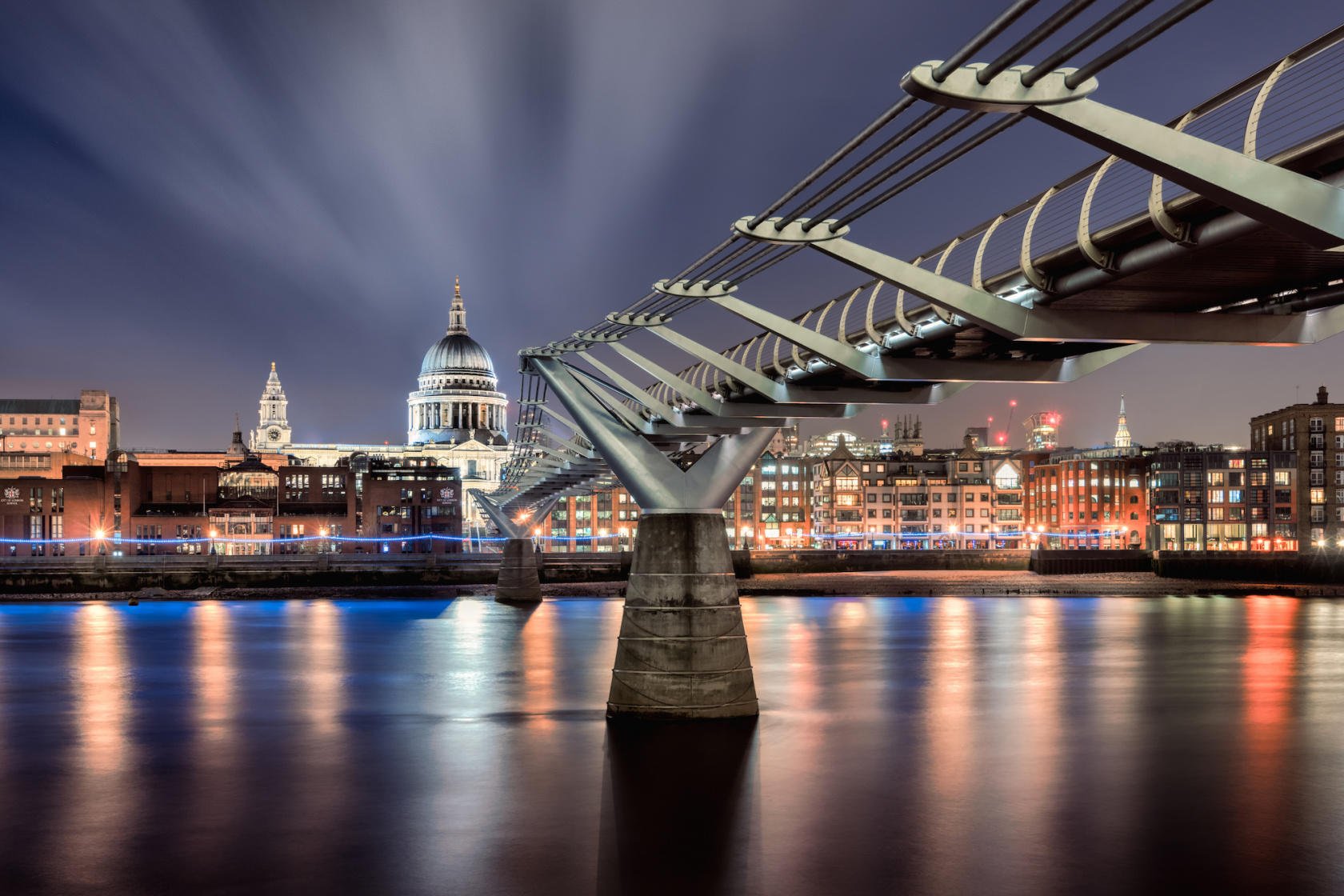 St Paul’s Cathedral and the River Thames, London
St Paul’s Cathedral and the River Thames, LondonWhen was the first time you heard about Skylum (probably Macphun)?
I learned about Macphun back in 2017, before the name change to Skylum. I had read a rave review of Luminar by another photographer and had to give it a try. I was blown away by the results, and Luminar has been part of my editing workflow ever since. I now use Aurora HDR and Luminar on a daily basis, and they form part of my tuition when I teach post-processing workshops. People are consistently wowed when I show them the results that can be achieved quickly using Skylum products.
You’re now involved with PhotoHound, a platform for travel photographers. Tell us more about that.
Luka Esenko and Jules Renahan are two well-travelled photographers who made a smartphone app called Snapp Guides which produces destination guides for photographers. They first approached me to produce a guide to Wales. I had just spent a year of my life travelling all around the country capturing the best scenery it has to offer. However, as the conversation developed, we realised that with my background in tech and business, there was potential to build something larger and even better. PhotoHound is our new platform that helps photographers find great places and events to shoot. Our European launch will happen later this year at the Skylum photo walk in London, which I will be leading.
What camera and gear do you have? What do you think are the must-have tools for photographers?
I shoot on a Nikon D850 with a variety of lenses. These don’t always travel with me; it depends on the trip. But I always travel with at least three lenses. First, the Laowa 12mm f/2.8, which is wonderful for interiors and city architecture. My Nikkor 16-35mm is a workhorse wide-angle. Finally, the Nikkor 28-300mm is not the best performing lens but it covers a vast focal range, so I always take it with me rather than taking multiple lenses covering these focal ranges. All three lenses accept the Kase filter holder system. I’ve been an ambassador for Kase for 18 months and tend to take their polariser, 3-stop and 10-stop ND grad filters with me on my travels. There are many other filters in their range, but if I’m travelling light, those are the essentials.
My Sigma range of lenses includes the 14mm f/1.8 – the best landscape photography lens currently on the market, in my opinion – a 35mm prime for portraits, and the giant 150-600mm lens, which is great for shots of wildlife or telescopic shots of the moon. I even have a teleconverter which takes the effective focal length to 840mm.
 A composite of images showing the International Space Station passing in front of the moon
A composite of images showing the International Space Station passing in front of the moon
I have a variety of Benro tripods currently, ranging from their tiny travel tripod to the huge Mach 3. I have an L bracket permanently attached to the camera which allows for rapid deployment in either portrait or landscape orientation.
Some other useful pieces of equipment are a shutter release cable and a lens skirt, which allows for easier shooting through glass.
How often do you go out to take photos?
It’s rare for a week to go by that I’m not shooting something, usually for PhotoHound. But I also do photo workshops with students and commissions for clients. As photography is a creative process, it’s easy to get burned out, and therefore it is essential to take time out to shoot purely for your own enjoyment. I travel several times a year with my wife and son, and this tends to be a great chance to shoot the stuff that I want to. Here in Wales, we’re blessed with wonderful photo locations but not the most dependable weather – when skies are clear, I like nothing more than heading out to shoot astrophotography.
How much time do you spend on post-processing?
It depends on the image. The most time-consuming element is usually cloning people out of the frame. For photos at highly visited places, this process can take several hours. Some techniques, such as stacking images for star trails, can be time-consuming because the computer needs time to process.
The longest I ever spent was on an image of the Buddha Tooth Relic Temple in Singapore. Firstly, it’s a vertorama of two images, but it’s also a composite of many images over the course of an hour. I had to clone out people and cars, and since I had reset the vertorama several times, not all of these aligned properly right away. I’ve since revisited the scene with a wider lens and made the post-processing much easier on myself!
How do you choose what you are going to shoot?
My first stop is PhotoHound – if the location is already covered there, then I’ll find out where the good places are and the recommended conditions to shoot. Otherwise, I tend to seek out classic viewpoints. Usually, I’ll check these places out purely as a tourist, then head back at the perfect time for shooting, which tends to happen within an hour either side of sunrise or sunset. If I can put a different spin on this, then great, but I’m a big believer that the classic shots are classic for a reason.
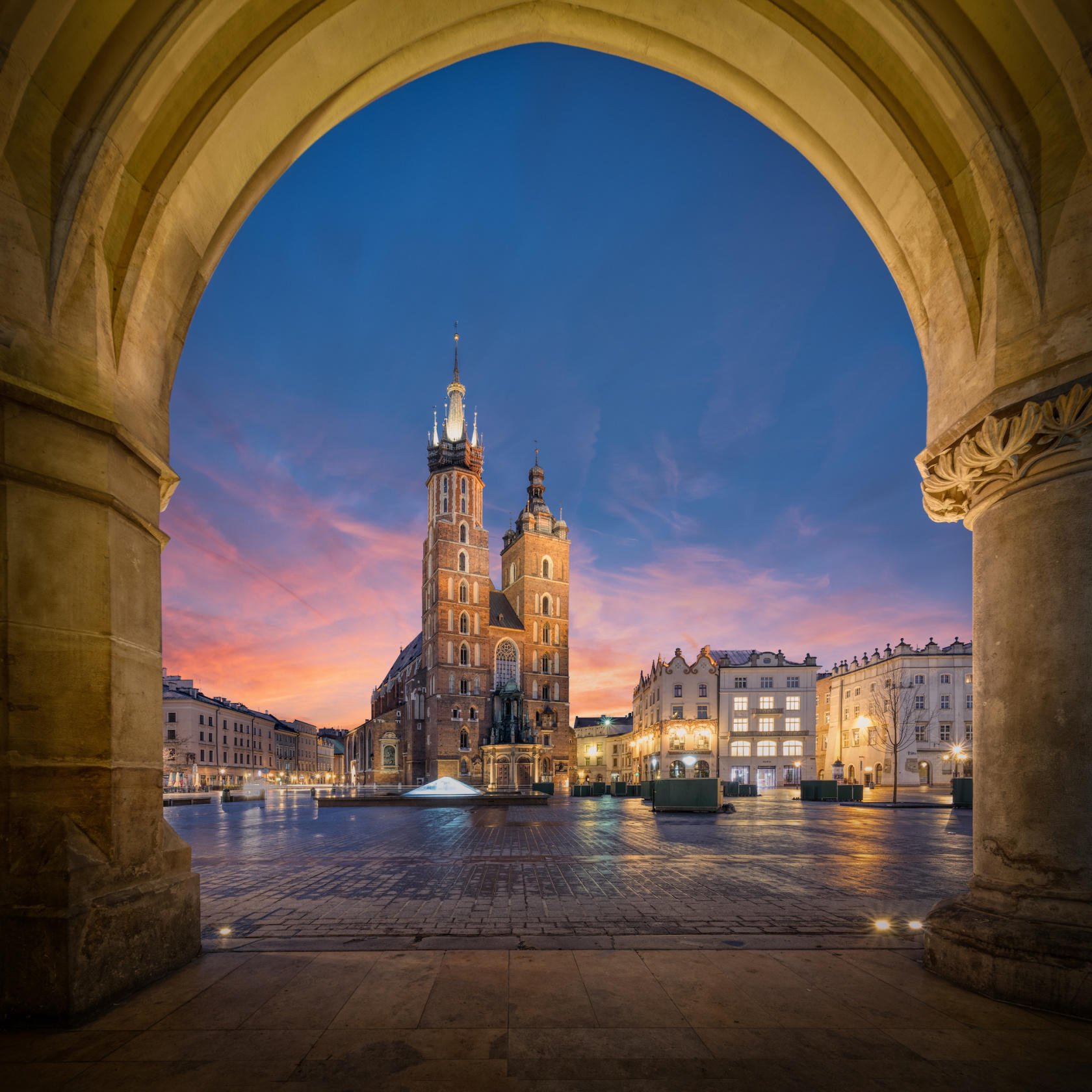 A classic composition of Krakow’s main square, Poland
A classic composition of Krakow’s main square, PolandWhich are the top locations that you’ve photographed and why do you love them?
I love to travel, and I love photography, and I can’t name any place where I’ve failed to find something to shoot. There are, of course, those magical places whose photo opportunities sync up with my style of shooting.
Singapore comes to mind immediately. I love cityscapes and architecture, particularly at night, and this city provides ample opportunities for this. I’d happily visit Singapore over and over and never get bored. I love the architecture, whether it’s the geometry of the public housing, the futuristic skyscrapers, the colonial architecture, or the iconic Marina Bay Sands, which dominates the skyline.
London is another favourite, and a city that offers something for everyone in terms of shooting styles. It seems like every year a new skyscraper pops up; there are wonderful green spaces, world-class tourist attractions and of course lots of historical architecture with the Thames running past so much of it.
Finally, my home country of Wales has incredible opportunities for almost any kind of shooting style. Epic landscapes and seascapes, lots of lakes and waterfalls, some world-class astrophotography locations (when skies are clear!). And with so many castles dotted around, it’s perfect for anyone who enjoys shooting historical architecture. I feel that Wales is a little overlooked by photographers compared to some of our European neighbors. However, those who come here to shoot fall in love with our beautiful country.
Which is your favourite work and why?
I captured a shot of Batu Caves in Malaysia. That has a story behind it and also brought me international attention. I set up my tripod and waited patiently for rays of sunshine to beam into the cave and capture some of the birds flying overhead. Finally, after 90 minutes of patience, it all came together. I captured a shot of the sun rays, the birds, and the temple without any people in the frame. As I was closing up my tripod and leaving – feeling quite pleased with myself – another photographer set up in the same place, reached into his pocket, and scattered bird seed. The birds flocked immediately. He got a similar shot within seconds! He was a smart man.
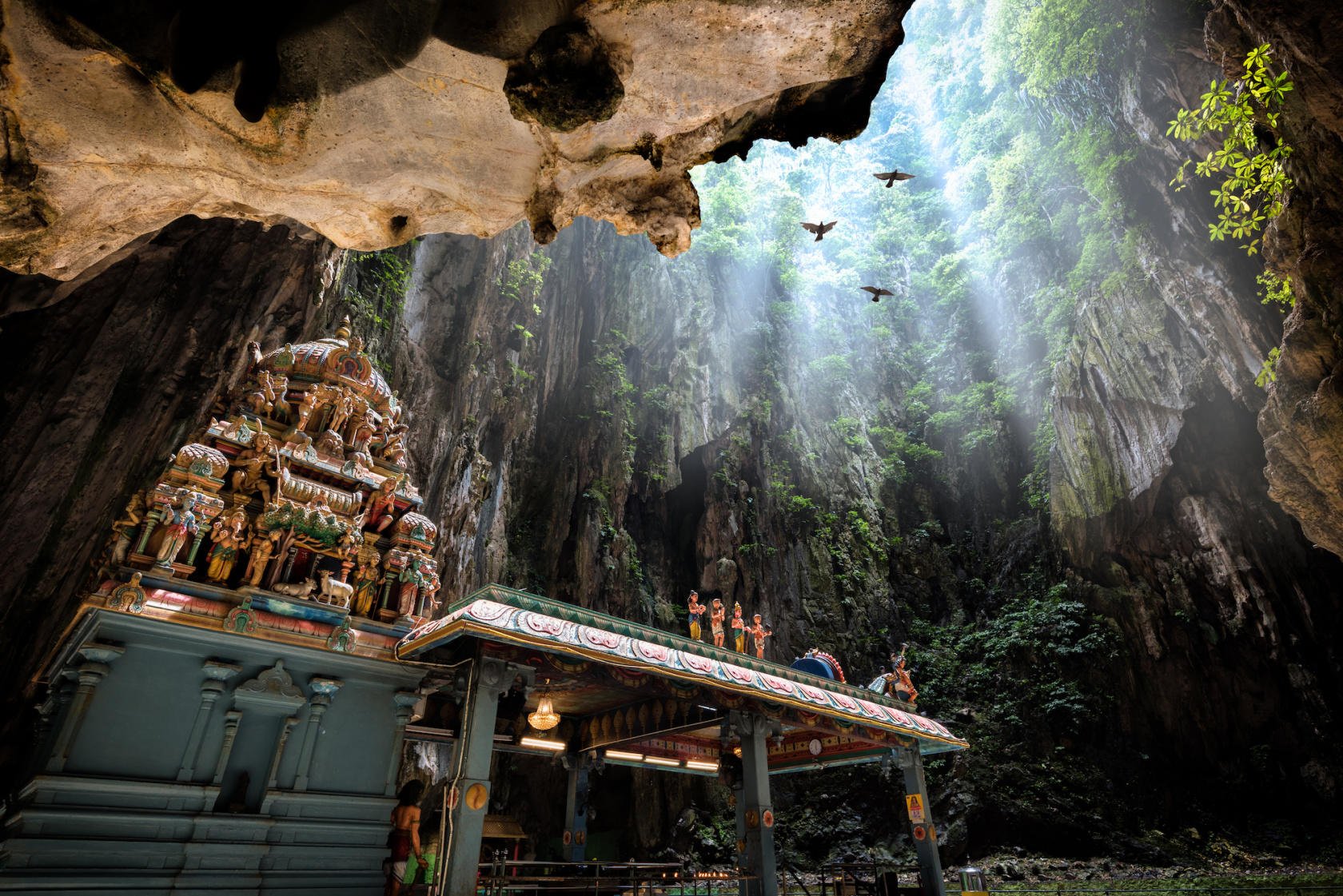 Batu Caves, Malaysia
Batu Caves, MalaysiaWhat advice would you give to anyone new to photography?
Invest your time and money in learning how to use your equipment, and learn from those with greater experience. When I started, I spent a lot of money on the latest and greatest gear without truly understanding the fundamentals. In hindsight, I feel I could have sped up my development by leaving a few lenses on the shelf and instead investing in tuition and workshops.
Another piece of advice that was given to me is this: shoot what makes you happy. It’s easy to fall into the trap of measuring your success by social media numbers. There will always be someone wealthier, there will always be someone who travels further, there will always be someone with bigger social media numbers. Using these as a measure of your success is dooming yourself to failure. Challenge yourself to be a happier photographer than you were last year. This is the only metric that matters.
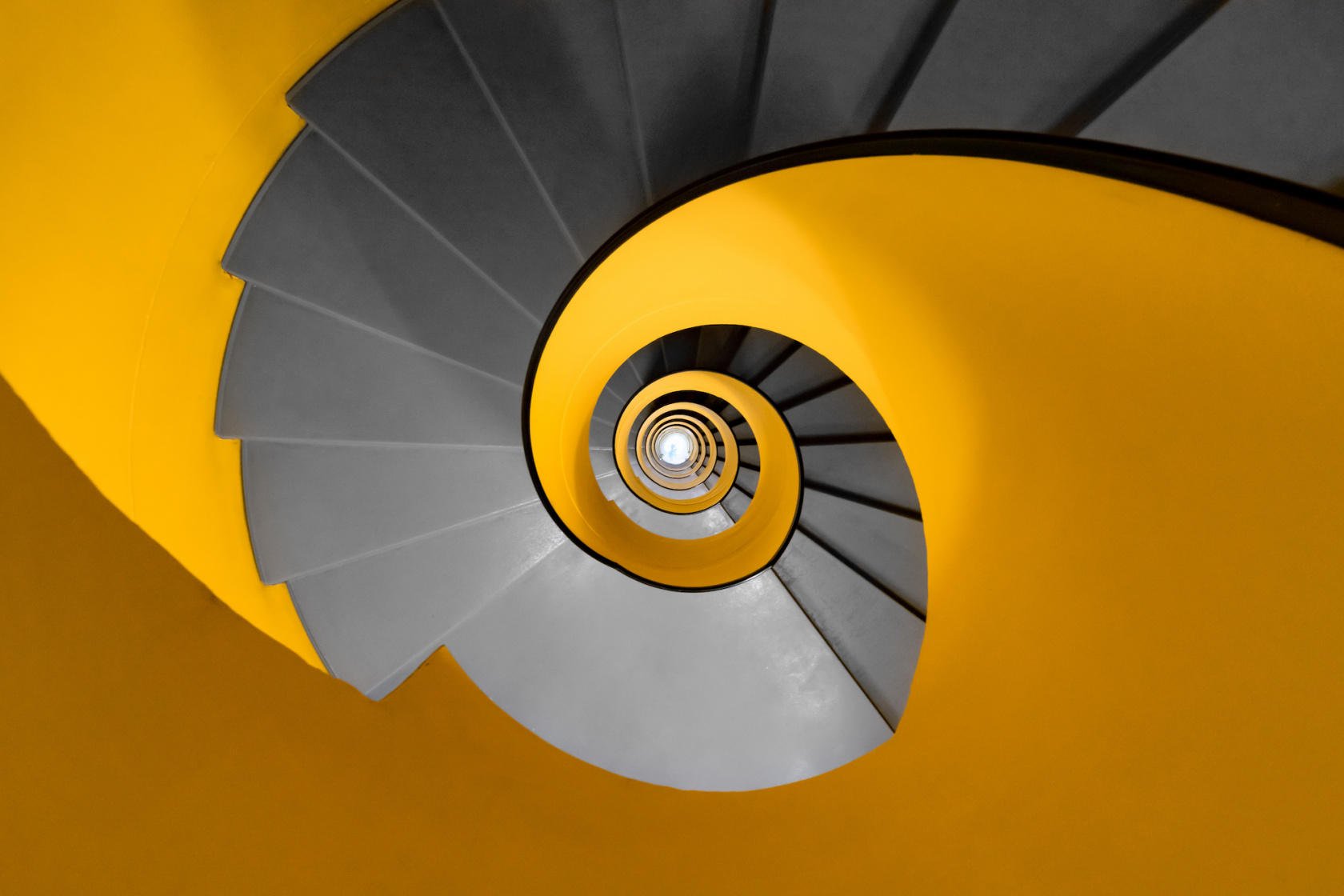 A colourful staircase in Switzerland
A colourful staircase in SwitzerlandA Special Perk for Our Blog Readers
Get a 10% discount on Luminar Neo and dive into professional photo editing today!
Thank you for subscribing.
Your gift is waiting in your inbox!



